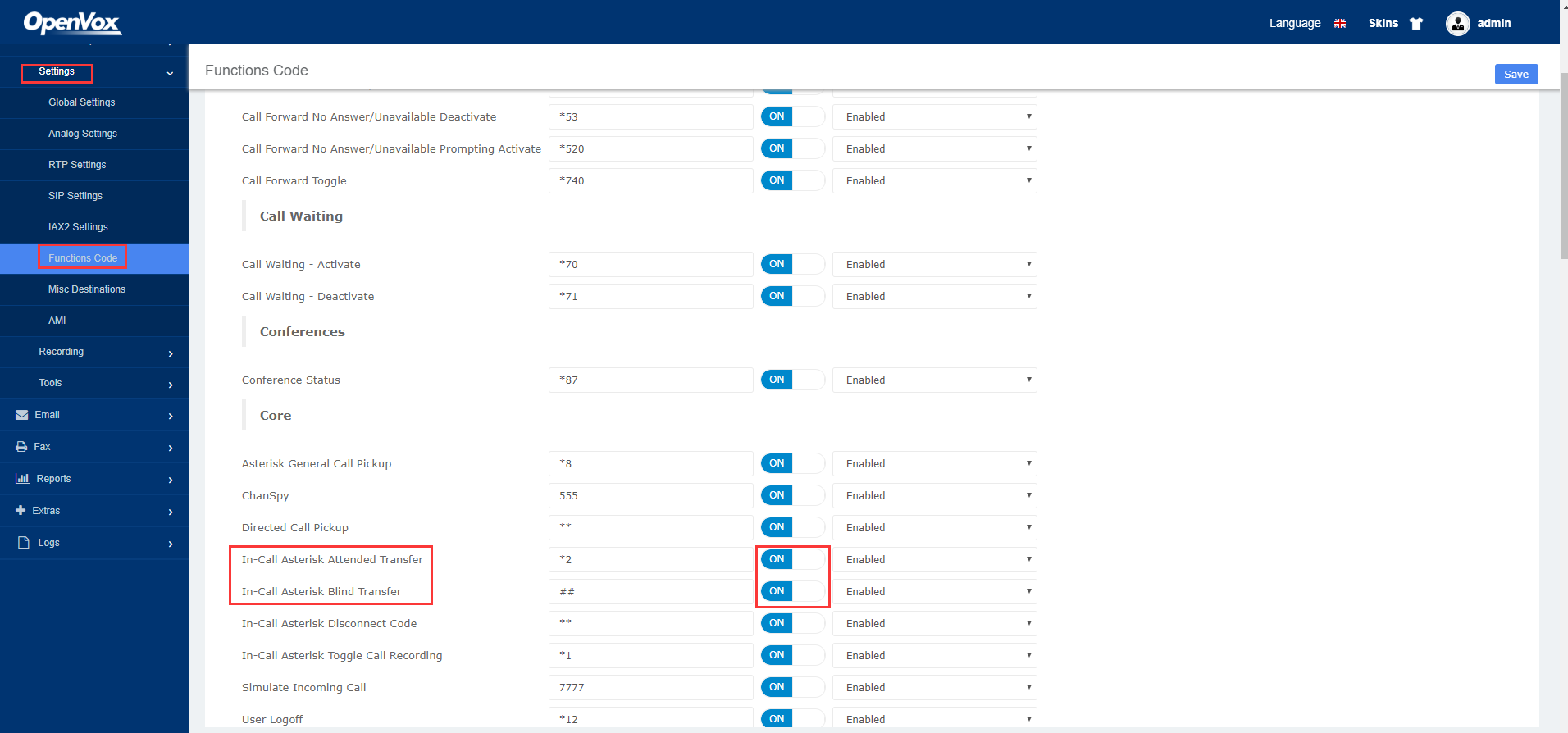
When the user is talking with a remote party and wishes to transfer the call to another remote party, there are two ways to transfer the call, attended transfer and blind transfer.
REQUEST INFORMATION
n Attended Transfer
The Attend function allows the user to transfer incoming calls to a third party after confirming a third party's response and deciding whether to answer them. Suppose A calls the phone number of B and B wants to transfer the call to C. The operation process is as follows:
1) A dials the phone number of B.
2) B hears the ringing, then picks up the phone, and A speaks to B.
3) B presses "*2" to trigger the inquiry process (at which point A can hear the waiting tone), then B calls C phone number.
And then one of the three things happens
1) If the number of C is wrong or C cannot be connected (such as dialing timeout, refusal, call timeout, unregistered and busy user, etc.), B will automatically switch back to the call with A.
2) C has ringed (B can hear the waiting ringback tone), and then B hangs up and A will continue to wait. If A hangs up, C will continue to ring, not stop. If C picks up the phone, the call will hang up directly.
3) C rings, C picks it up, and B talks to C. A continue to wait during the call. At this time either B or C hangs up and the other party calls A.
n Blind Transfer
Blind transfer is used to transfer incoming calls to a third party without notifying the transferee that there is a call. If A calls B, B wants to transfer the call A to C, the operation process is as follows:
1) A calls B.
2) B rings, then picks up the phone, and A spoke to B.
3) B presses "##" to trigger the blind transfer process (when A can hear the waiting sound), and B calls C phone number (ending with "#" or waiting for 4 seconds).
4) C rings, B hangs up, C picks up, C and A talk.
n Note:
1) The "Feature Code Service" option in the “PBX -> Settings -> Feature Code” page must be set to "on".

2) A can be an extension or trunk, B and C can only be an extension (FXS port extension, sip extension).
3) B dials C phone number, if you hear a continuous busy tone, the call has timed out
This is like helping the first party to dial to the second one. However, the transfer could be successful if the second party answered it, or could be failed if the second party is busy or rejected it.



